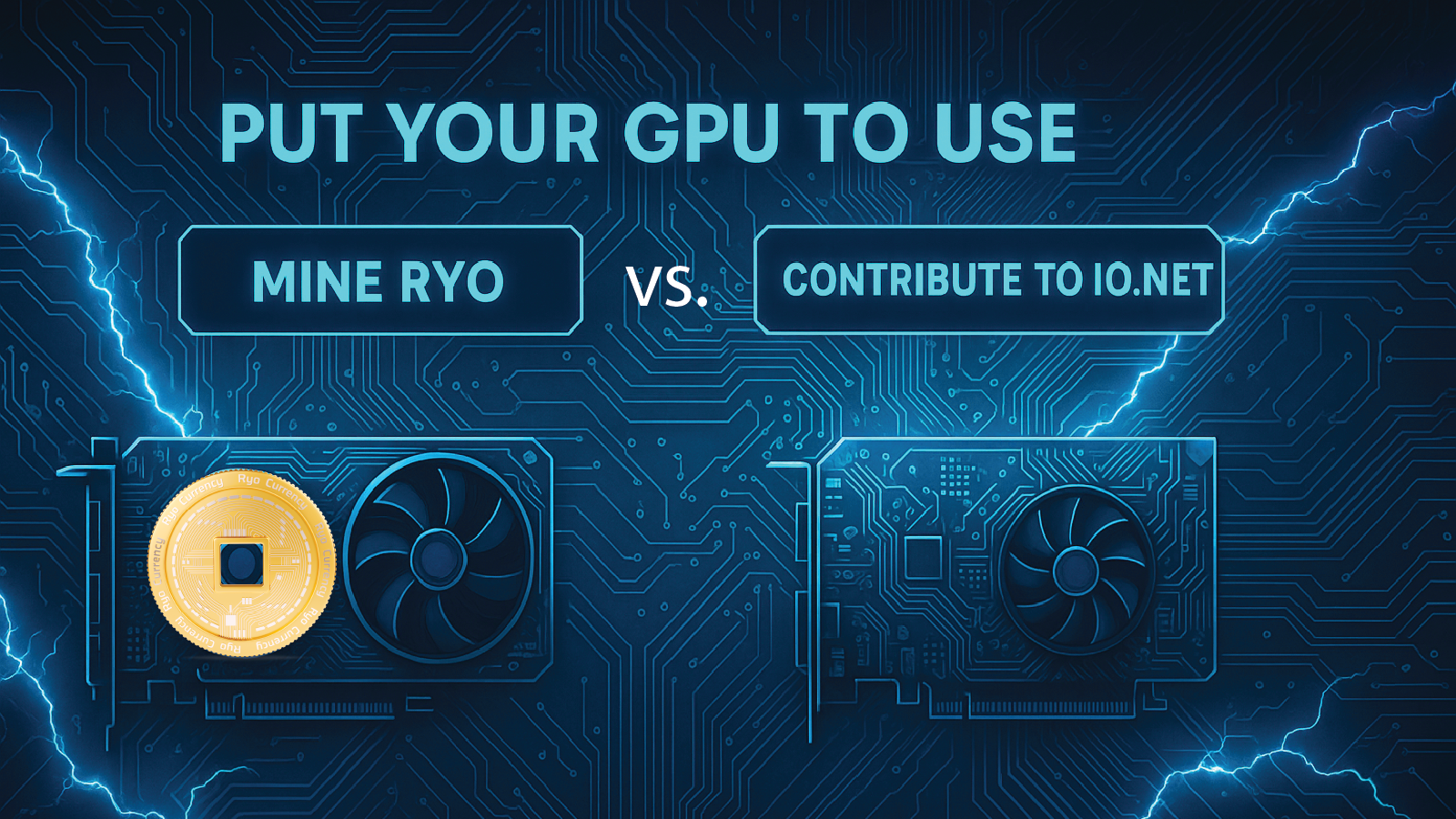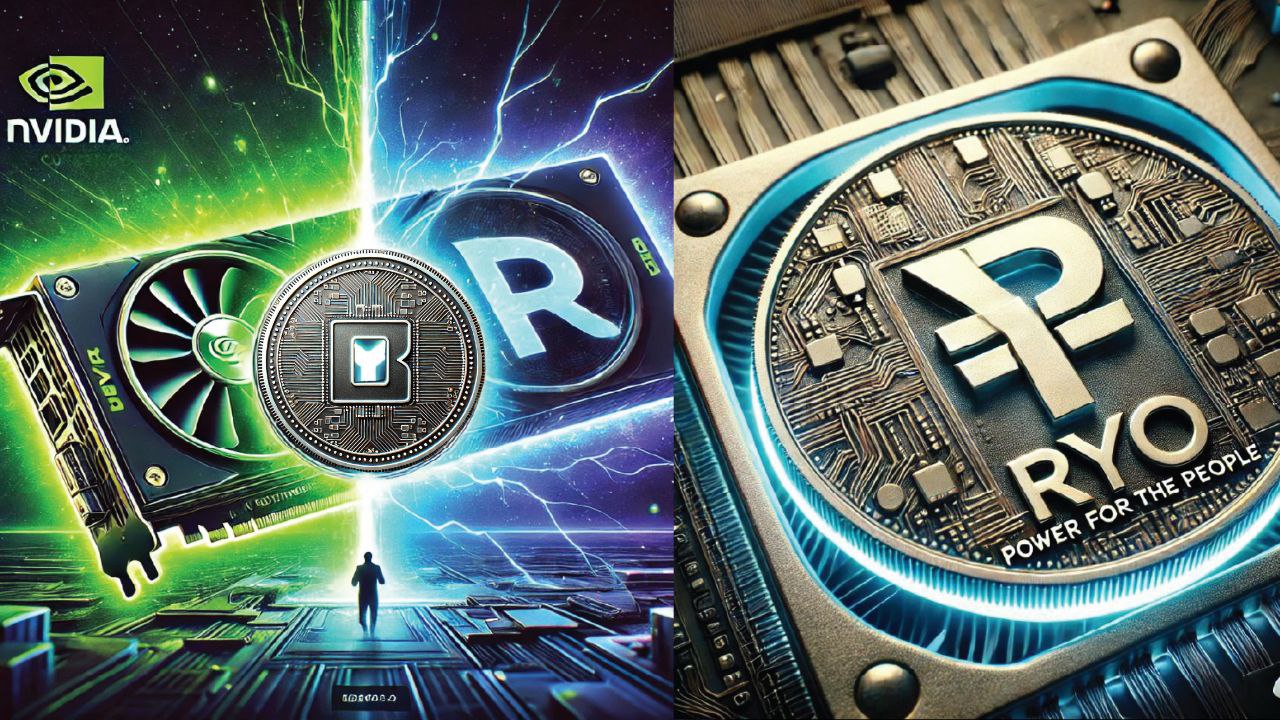
Introduction
British Columbia’s decision to make its cryptocurrency mining moratorium permanent is more than a local policy choice — it is a signal of a global shift that could redefine how decentralized networks operate. What began as an energy conservation measure by BC Hydro now stands as a bellwether for broader regulatory sentiment toward Proof-of-Work (PoW) mining. As governments from China to New York to the European Union impose restrictions or outright bans, the era of open, permissionless mining is rapidly contracting. For the Ryo Currency community — forged in the fair-mining ethos of GPU decentralization — this transition represents both an inflection point and an opportunity: to evolve beyond PoW into a privacy-centric Proof-of-Stake (PoS) future while preserving the decentralized spirit that defined its first decade.
The BC Ban and Its Global Context
In October 2025 the BC government and BC Hydro formalized a permanent prohibition on new grid-connected cryptocurrency mining projects. Officials framed the decision around prioritizing limited clean power for housing electrification, electric vehicle infrastructure, and industrial growth — effectively excluding large PoW operations from future grid access.
This move sits within a wider pattern: New York’s moratoriums, China’s comprehensive bans that displaced massive mining capacity, and tightening EU energy and emissions policies are all steering the world away from open, permissionless access to cheap grid power for mining. Even regions once touted as havens — parts of Kazakhstan, some Texas grids — face instability or changing incentives. The net effect is a contraction of the geographic footprint available to PoW miners and the concentration of hashrate into fewer jurisdictions.
Historical Reflection: A Golden Decade That May Not Repeat
The years from roughly 2013–2025 enabled an uncommon experiment: permissionless cryptocurrency mining that allowed hobbyists and small operators to participate meaningfully in securing new networks. It was during this golden era that projects like Ethereum flourished — becoming one of the most decentralized networks ever created through open GPU mining before ultimately transitioning to Proof-of-Stake amid tightening global regulations and energy concerns. That era — when anyone with a PC could help bootstrap a chain — is unlikely to be replicated. The combination of grid prioritization, regulatory scrutiny, and specialized hardware means future generations will rarely, if ever, see the same open pathways to decentralization through PoW.
Impact on Proof-of-Work Decentralization
PoW’s decentralization promise depends on broad accessibility: hardware and electricity for all. When jurisdictions close their grids to miners, that promise erodes. Affordable power becomes scarcer, participation skews toward better-funded operators, and networks risk becoming concentrated in politically or environmentally risky locales. For privacy coins and any project that values resistance to censorship, that concentration is not merely inconvenient — it can become an existential vulnerability.
ASIC Farms and Data Center Mining: A Path to Hyper-Centralization
Industrial ASIC farms and large data center mining operations are the most exposed. They require bulk power, long-term contracts, and fixed infrastructure — attributes targeted by regulators seeking to preserve public electricity for jobs and core industries. As viable regions shrink, surviving operations cluster where power is cheap or lightly regulated, increasing the systemic risk that a single political or regulatory event could shift global hashrate distribution.
Hardware concentration compounds the problem. When ASIC manufacturers and a small set of operators dominate both supply and deployment, any policy shock in a key jurisdiction produces outsized global effects.
Illicit Hashpower Risks for CPU-mineable coins
One unintended consequence of restricting legal mining capacity is the potential rise of illicit, distributed hashing — especially among CPU-mineable coins like Monero. When large data centers and legitimate operations are forced offline, a growing percentage of global hashrate risks shifting into the hands of botnets — networks of compromised computers secretly mining cryptocurrency. In Operation End Game, law enforcement revealed that a single botnet was responsible for controlling over 40% of Monero’s total hashrate, highlighting just how fragile and distorted network decentralization can become for CPU-mineable cryptocurrencies. While such hidden miners evade regulation, they bring immense ethical and operational risks: botnet takedowns can instantly remove vast portions of hashrate, leaving networks unstable and vulnerable. Depending on criminal infrastructure is neither secure, desirable, nor sustainable as a model for decentralization.
Home GPU Mining: The Last Bastion or a Fleeting Illusion?
Against the industrial onslaught, home GPU miners remain a resilient, distributed presence. Modest rigs in garages and gaming PCs still contribute useful hash and often fall below regulatory thresholds for action. For privacy-focused GPU mineable coins, this grassroots presence has been vital.
But the refuge is fragile. The roll-out of smart meters, AI-driven grid analytics, and dynamic pricing can enable utilities to detect and penalize mining loads. Tiered pricing, automated surcharges, or local ordinances could progressively erode the economics of home mining, turning that last bastion into another regulated category.
The End of the PoW Era for New Projects
Launching a fair, decentralized PoW layer-1 in today’s regulatory climate is vastly more difficult than during the early era of crypto. With access to cheap, permissive grids limited, new projects often resort to premines, token sales, or delegated consensus—mechanisms that reintroduce centralization at inception. PoW’s bootstrapping magic—open mining and organic distribution—is being replaced by models that are easier to control and easier to regulate.
Europe: Policy Specifics and Regulatory Momentum
In Europe, energy and environmental policy is converging with financial regulation. The EU’s Green Deal and draft energy directives increase scrutiny on high-intensity electricity consumers, while frameworks like MiCA (Markets in Crypto-Assets) create new compliance expectations for crypto firms. Collectively, these trends raise the prospect that energy-intensive PoW activities could be further restricted via carbon-intensity rules, permitting regimes, or classification as non-compliant industrial loads—especially where public power is reserved for decarbonization and industrial priorities.
Implications for GPU-Mineable Coins
GPU-mineable coins now occupy a narrower niche. Some may see renewed scarcity value as new supply becomes harder to mine; others will struggle as home miners feel pressure and large farms consolidate hashrate. Success for GPU coins will depend on jurisdictional adaptability, community-based diversity of miners, and credible sustainability narratives—demonstrating renewable power use, demand-response integration, or hybrid consensus as part of an acceptable political economy.
Ryo Currency: The Perfect Transition from PoW to PoS
Ryo Currency launched in 2017 with a fair, GPU-centric mining model: no pre-mine, no ICO, and a distribution that rewarded everyday miners. Years of community mining established a resilient, widely distributed holder base—an asset that many new projects cannot hope to replicate under current constraints.
Recognizing the changing landscape, Ryo’s upcoming shift to Proof-of-Stake is both pragmatic and visionary. PoS reduces energy use dramatically and avoids the grid-access obstacles that render PoW vulnerable to bans like BC’s. Importantly, Ryo’s transition preserves decentralization by enabling long-time miners and holders to participate as stakers, carrying forward the community’s influence into a low-energy security model.
Private Proof-of-Stake: Halo 2 and New Possibilities
Ryo’s integration of Halo 2 zero-knowledge proofs and PoS roadmap is a defining innovation. By enabling private staking and validator operation without revealing balances or stake sizes, Halo 2 preserves participant anonymity—mitigating targeted attacks, censorious pressures, and privacy leaks that have plagued traditional PoS chains.
This privacy-preserving PoS unlocks new possibilities: anonymous governance voting that resists vote-buying and coercion; private DAOs where contributors coordinate without exposing identities; and secure cross-chain bridges that protect user privacy.
Conclusion: Metamorphosis, Not Extinction
British Columbia’s ban is a visible signal of a broader pivot: PoW’s open, permissionless era is receding under the combined pressures of energy policy, regulatory scrutiny, and hardware centralization. But this is not an end so much as a transformation. Projects that combined a fair PoW heritage with a timely pivot to energy-efficient consensus—and privacy by design—are rare. Ryo Currency is one such project: forged in the era of GPU mining, now evolving into a private, sustainable PoS network ready for the next chapter of decentralized finance.








